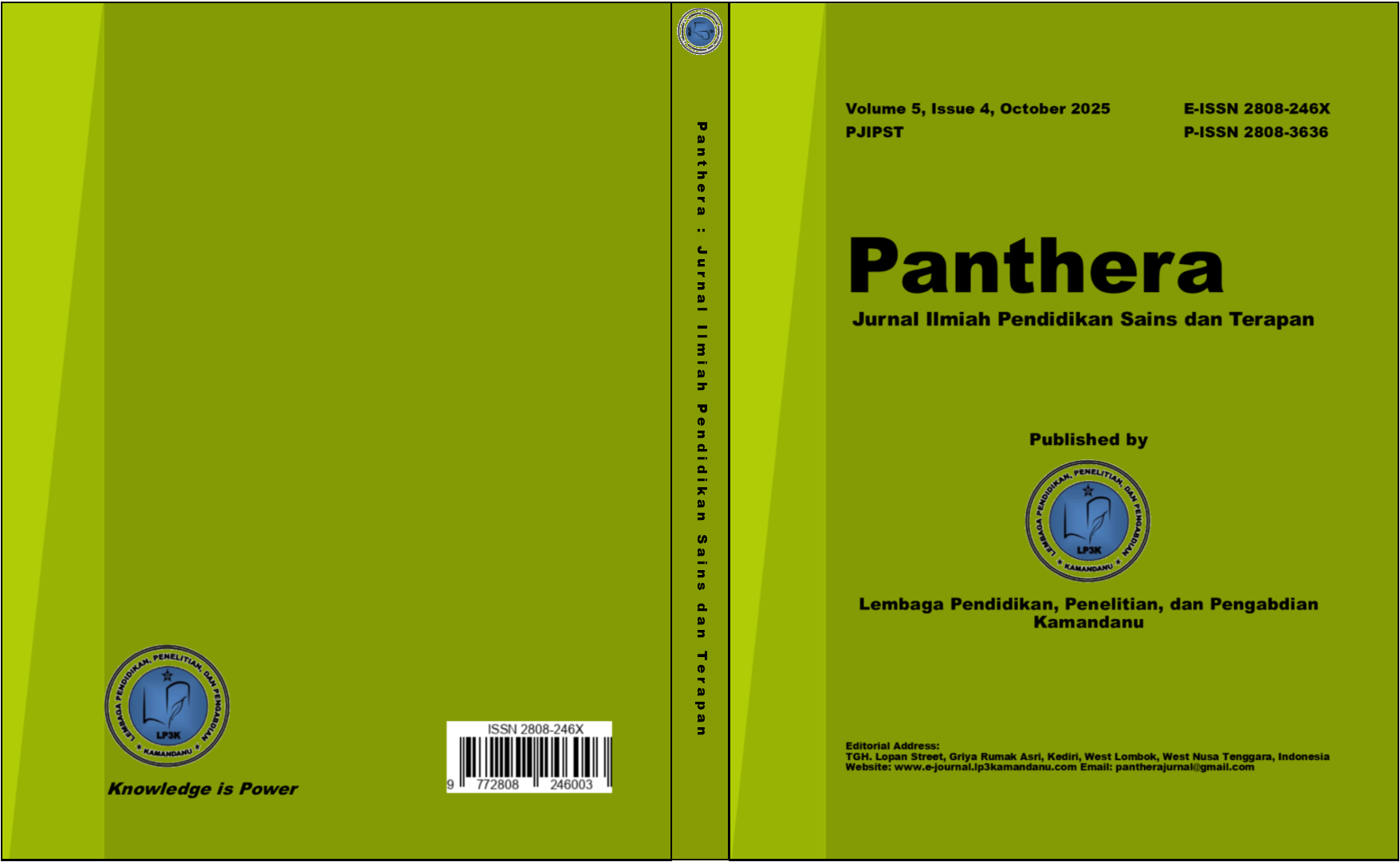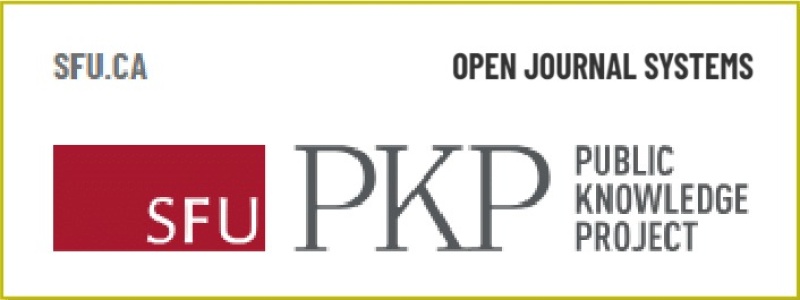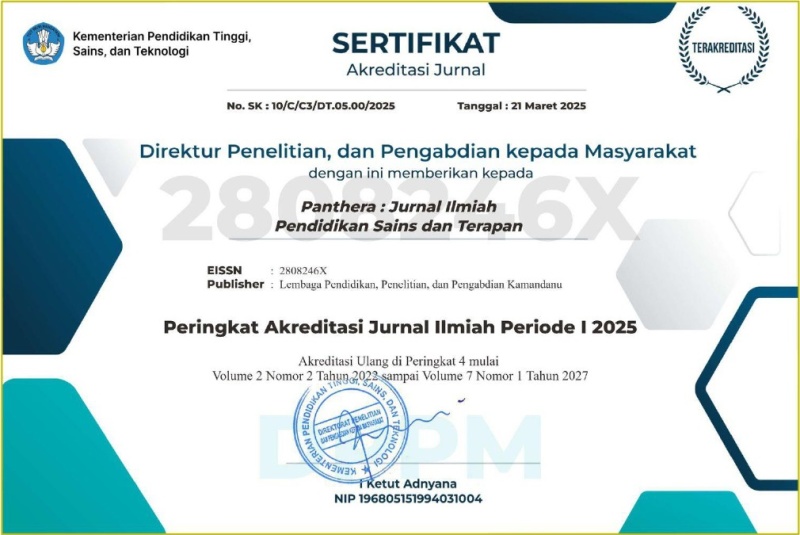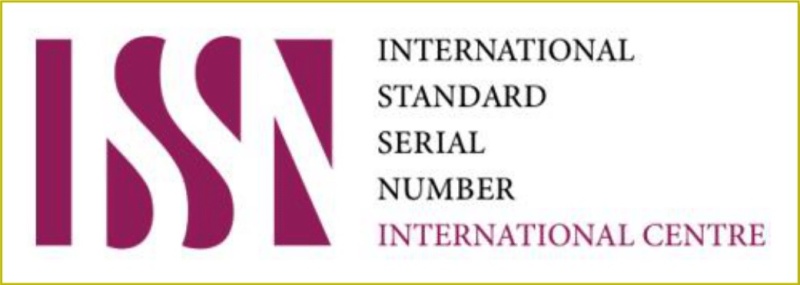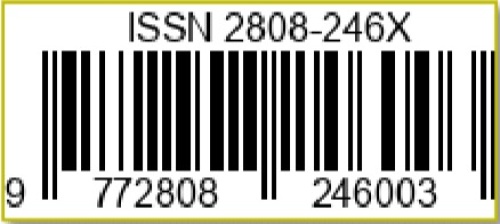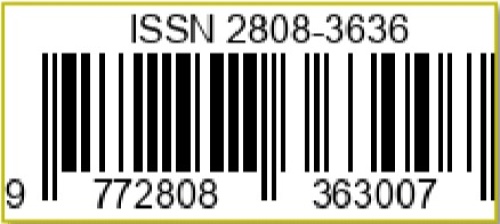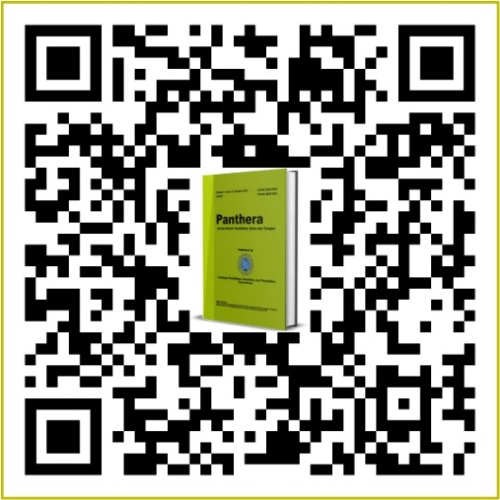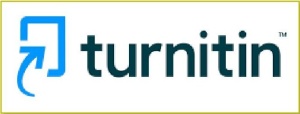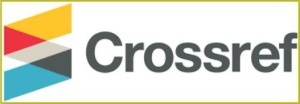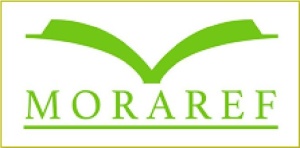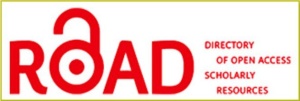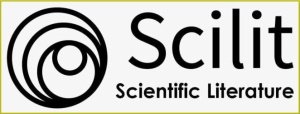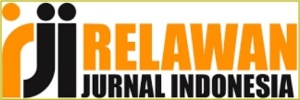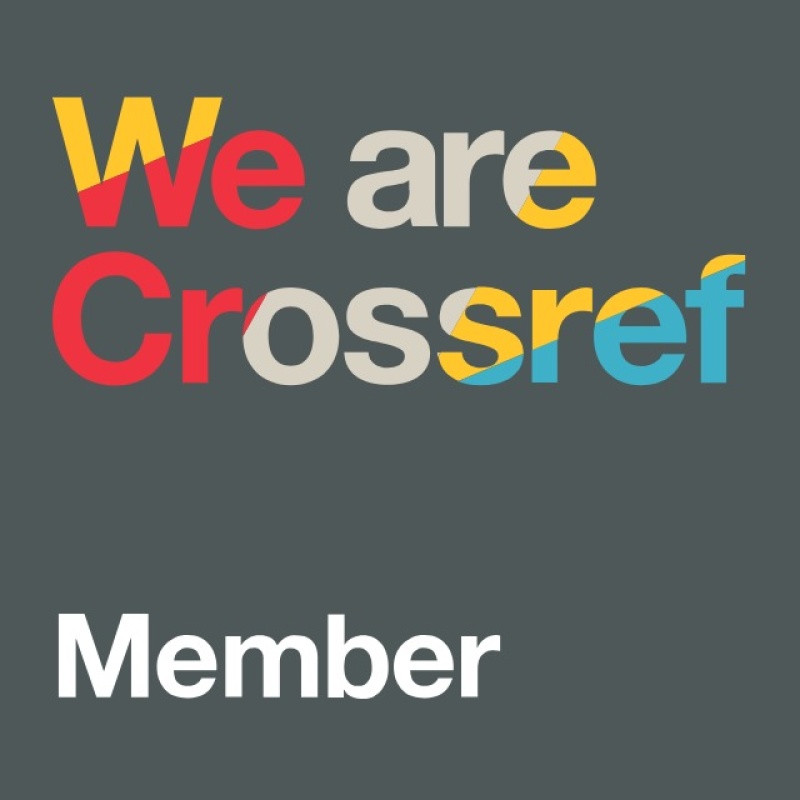Penerapan Metode Storytelling untuk Meningkatkan Keterampilan Menyimak Cerita Rakyat Siswa Kelas V UPT SDN 8 Sangalla Selatan Kabupaten Tana Toraja
DOI:
https://doi.org/10.36312/panthera.v5i4.721Keywords:
Folktales, Listening, Classroom Action Research, Elementary School Students, StorytellingAbstract
This study aims to improve the listening skills of fifth-grade students at SDN 8 Sangalla Selatan, Tana Toraja Regency, through the application of the storytelling method. Problems encountered in the learning process were low student attention and active participation during listening activities, which resulted in low learning effectiveness. This study was a Classroom Action Research (CAR) conducted in two cycles, each consisting of planning, implementation, observation, and reflection to continuously improve learning. Data were obtained through listening tests at the end of each cycle to measure student development and assess the effectiveness of storytelling. The results showed a significant improvement in listening skills. In the first cycle, only 8 out of 22 students (36.4%) achieved the Minimum Completion Criteria (KKM) with an average score of 54.09. After improvements in the second cycle, the number of students who completed the reading increased to 16 (72.7%) with an average score of 73.64. Thus, the application of the storytelling method has proven effective in improving listening skills for folktales and strengthening the quality of Indonesian language learning in elementary schools.
Downloads
References
Apriyani, W., Fajra, R., & Rakhman, P. A. (2025). Analisis Keterampilan Menyimak pada Peserta Didik Kelas IV di SDN Banjar Agung 2. Jurnal Dunia Pendidikan, 5(5), 1722-1728. https://doi.org/10.55081/jurdip.v5i5.3339
Atmaja, L. K., Lisdayanti, S., & Hakim, M. (2025). Eksplorasi Gaya Bahasa dalam Cerita Rakyat Bengkulu 2 oleh Naim Emel Prahana. Lateralisasi, 13(1), 476-486. https://doi.org/10.36085/lateralisasi.v13i1.8729
Dewi, I. N., & Safnowandi, S. (2020). The Combination of Small Group Discussion and ARCS (MODis-ARCS Strategy) to Improve Students’ Verbal Communication Skill and Learning Outcomes. Prisma Sains: Jurnal Pengkajian Ilmu dan Pembelajaran Matematika dan IPA IKIP Mataram, 8(1), 25-36. https://doi.org/10.33394/j-ps.v8i1.2478
Dita, R., Sapri, S., & Siregar, L. N. K. (2024). Pengaruh Model Storytelling terhadap Kemampuan Menyimak Cerita Bergambar pada Siswa Kelas V MIS Insan Ikhlas Islamic School Medan. Jurnal Bintang Pendidikan Indonesia (JUBPI), 2(2), 88-100. https://doi.org/10.55606/jubpi.v2i2.2919
Hijriyah, U. (2016). Menyimak: Stategi dan Implikasinya dalam Kemahiran Berbahasa. Lampung: IAIN Raden Intan Lampung.
Israfika, I. (2017). Peningkatan Keterampilan Menyimak Cerita Rakyat melalui Penggunaan Media Audio pada Siswa Kelas VII SMP Negeri 3 Bajeng. Skripsi. Universitas Muhammadiyah Makassar.
Kemmis, S., & McTaggart, R. (1988). The Action Research Planner. Geelong: Deakin University Press.
Mardiyanti, S., & Ngatmini, N. (2023). Model Pembelajaran Paired Storytelling untuk Meningkatkan Keterampilan Menyimak Cerita di Sekolah Dasar. Guruku : Jurnal Pendidikan dan Sosial Humaniora, 1(2), 25-35. https://doi.org/10.59061/guruku.v1i2.184
Mufaikha, M., & Darihastining, S. (2022). Peningkatan Kemampuan Menyimak Cerita Rakyat pada Siswa Kelas V MI Ghozaliyah melalui Media Audio. In Prosiding Seminar Nasional Pendidikan, Bahasa, Sastra, Seni, dan Budaya (pp. 30-53). Palangka Raya, Indonesia: Universitas Palangka Raya.
Rahma, F. (2017). Nilai-nilai Pendidikan Karakter dalam Folklor Masyarakat Bugis. Skripsi. Universitas Muhammadiyah Makassar.
Zani, Y. (2025). Hubungan Keterampilan Menyimak Cerita Rakyat terhadap Keterampilan Menulis Teks Narasi Siswa Kelas VII MTsN 6 Kota Jambi. Skripsi. Universitas Jambi.
Downloads
Published
How to Cite
Issue
Section
License
Copyright (c) 2025 Sepnita Dolla, Usman, & Hasriani

This work is licensed under a Creative Commons Attribution-ShareAlike 4.0 International License.
-
Attribution — You must give appropriate credit, provide a link to the license, and indicate if changes were made. You may do so in any reasonable manner, but not in any way that suggests the licensor endorses you or your use.
-
ShareAlike — If you remix, transform, or build upon the material, you must distribute your contributions under the same license as the original.

